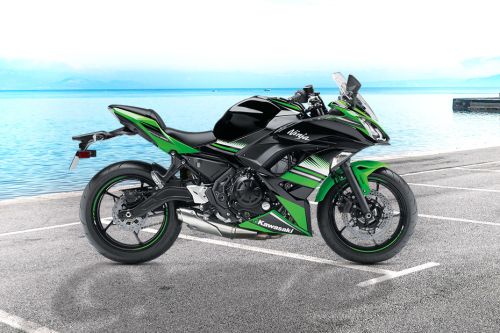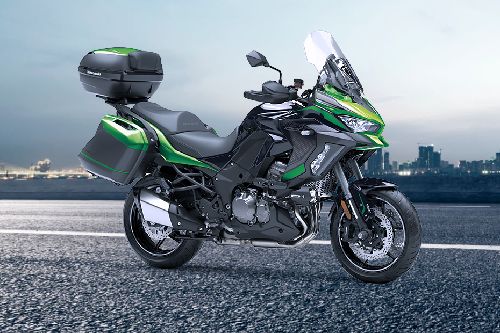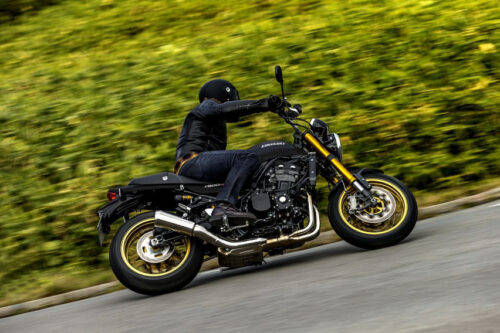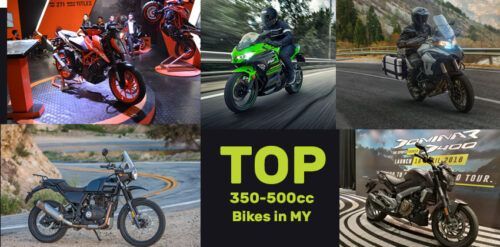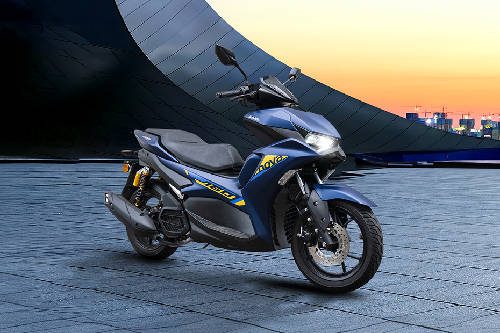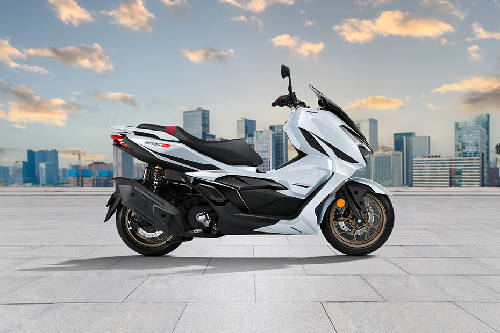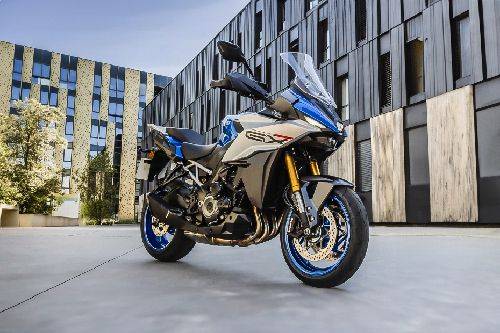Hydrogen-powered Kawasaki Ninja H2 HySE prototype sees the light of day

KUALA LUMPUR: Not only carmakers, but bike makers are also steering their focus towards greener mobility options. The big brands are embracing the global call for reduced carbon footprints and cleaner transportation for eco-friendly and sustainable solutions. A recent example is the introduction of the hydrogen-powered motorcycle prototype by Kawasaki.
KEY TAKEAWAYS
What does the Kawasaki Ninja H2 HySE prototype reveal?
The hydrogen-powered Kawasaki Ninja H2 HySE offers a sneak peek into the brand’s future of eco-friendly models. It features a blue colour scheme, unique hydrogen-holding panniers, and bold front fairing.How much power does the Kawasaki Ninja H2 HySE generate?
The Kawasaki Ninja H2 HySE is still in the early stages of development, and thus there are no details yet available about its power outputs, fuel consumption, and range
The Japanese bike manufacturer previewed its long-anticipated project, the Kawasaki Ninja H2 HySE (Hydrogen Small Mobility and Engine) at the Group Vision 2030 Progress Report Meeting held earlier this month.
Based on the existing Kawasaki Ninja H2 SX Sport tourer, the hydrogen-powered bike offers a sneak peek into the brand’s future of eco-friendly models. However, it is still in the early stages of development.

The prototype bike is propelled by an internal combustion engine that uses hydrogen as fuel. It features unique hydrogen-holding panniers on each side. No details are yet available about its power outputs, fuel consumption, and range. Due to the lack of information, the experimental character of the project is evident, highlighting the need for additional development and testing before concrete details surface.
Rather than the brand’s signature Team Green colour scheme, the Ninja H2 HySE prototype boasts varying shades of blue. The bike is equipped with a bold front fairing and a spacious seat unit.
To note, the Kawasaki Ninja H2 HySE is the first hydrogen-powered motorcycle from Japan's major manufacturers, which underscores the collaborative achievements of industry leaders. Honda, Yamaha, Suzuki, and Kawasaki have also played pivotal roles in the innovative HySE project, says the company.
While mass production of the hydrogen-powered Kawasaki Ninja may be far on the horizon, a sneak peek at its functional prototype signals a bright future for hydrogen-powered motorcycles. What do you think? Sound off your comments below.
Also read: 2024 Kawasaki Ninja ZX-10RR Winter Test Edition revealed; limited to just 25 units
Kawasaki Motorcycle Models
Trending & Fresh Updates
- Latest
- Popular
You might also be interested in
- News
- Featured Stories
Kawasaki Featured Motorcycles
- Latest
- Upcoming
- Popular
Trending Super Sport
- Latest
- Popular



